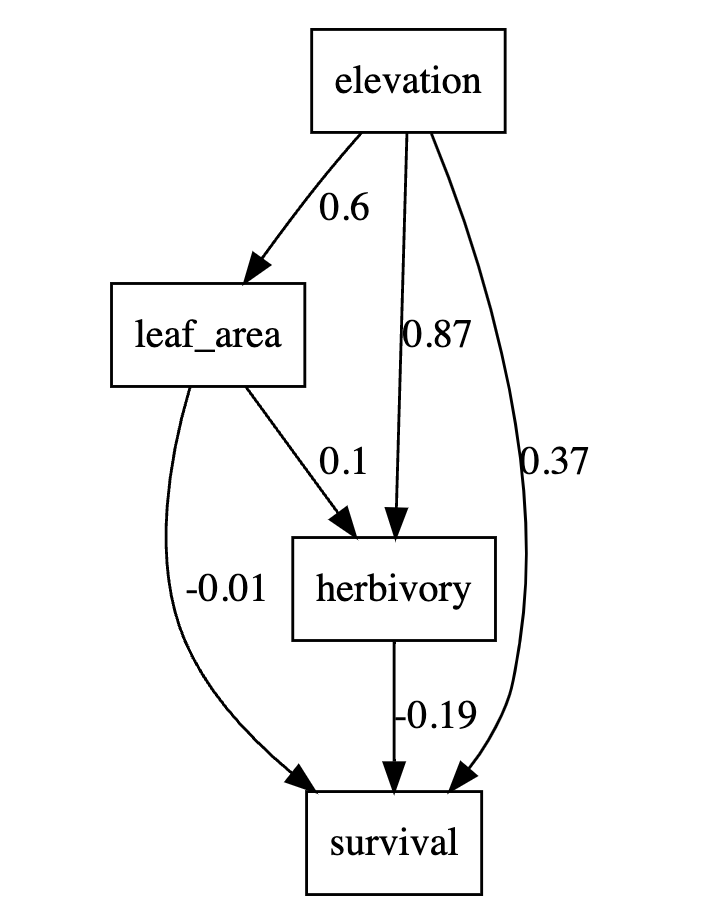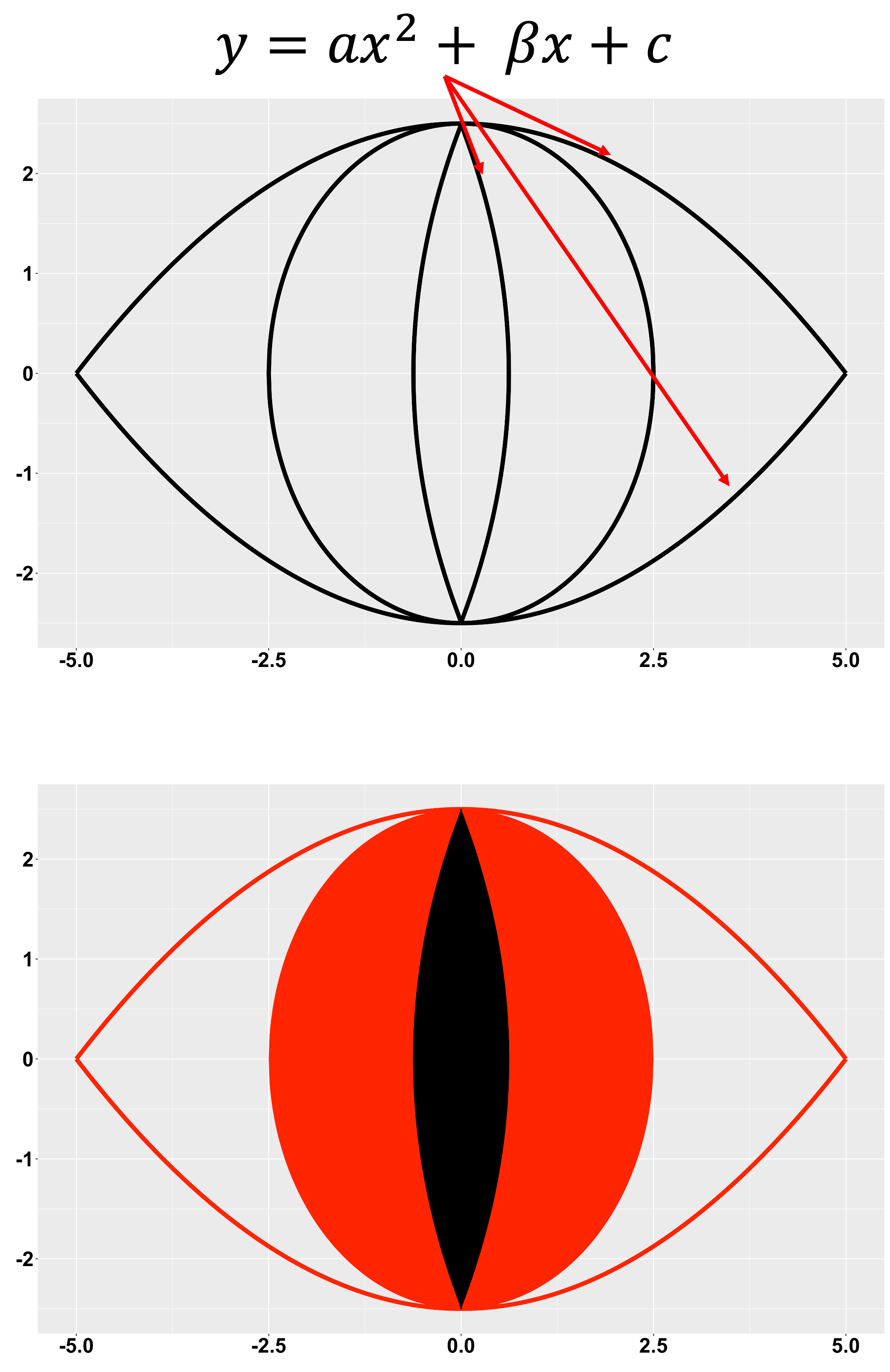Intro to statistics for graduate students
Most of my lessons were part of Lee Dyer's graduate-level statistics course “Research Design,” which I TA’d for two years. During that time (which was during the pandemic), I developed online lessons to provide students with an introduction to the course material, especially for running it in R. These lessons cover a large extent of common statistical approaches and only meant to provide a basic workflow and some examples.
I developed the first version of these lessons; however, Danielle Salcido, Ari Grele, and Leah Lenzo's work in later years improved them greatly. The linked lessons represent work from all of us.
R Basics
An introduction to using R. This lesson introduces some basic workflows, operators, and functions.
Click here to open the R markdown for this lesson: [html]
Click here to download the data for this lesson: [csv]
Intro to linear models
An introduction to linear models. This lesson takes you through assumptions and code for t-tests, ANOVA, and simple regression.
Click here to open the R markdown for this lesson: [html]
Click here to download the data for this lesson: [csv]
Exploring interactions
This lesson considers what a statistical interaction actually is and how to interpret them.
Click here to open the R markdown for this lesson: [html]
More complex models
The next step up in modeleling. This lesson takes you through generalized linear models, mixed models, and simple Bayesian code.
Click here to open the R markdown for this lesson: [html]
Click here to download the data for this lesson: [csv]
Multivariate void
This lesson provides examples and code for analyzing multivariate datasets.
Click here to open the R markdown for this lesson: [html]
Click here to download the data for this lesson: [csv] [csv]
Structural equation modeling and more
This lesson first explores path analysis, providing examples and code. It then examines the idea that there are multiple paths to the same answer. The "wrong" model often provides similar inferenaces as the "right" one if the signal is strong enough.
Click here to open the R markdown for this lesson: [html]
Click here to download the data for this lesson: [csv]
Miscellaneous lessons
In addition to the main course above, I also have put together some random one-off lessons over the years. Enjoy!
Basic Simulation
An introduction to basic data simulation using R. It takes you through distributions and simulating data with different error distributions for different models.
Click here to open the R markdown for this lesson: [html]
PCA by hand
A lesson that decomposes PCA into its component parts and unpackages what is going on under the hood.
Click here to open the R markdown for this lesson: [html]
Click here to download the lecture slides for this lesson: [pptx]
Basic Bayesian hierarchical model in JAGS
A lesson that provides a basic example (and code) of running a Bayesian hierarchical model using JAGS in R.
Click here to open the R markdown for this lesson: [html]

